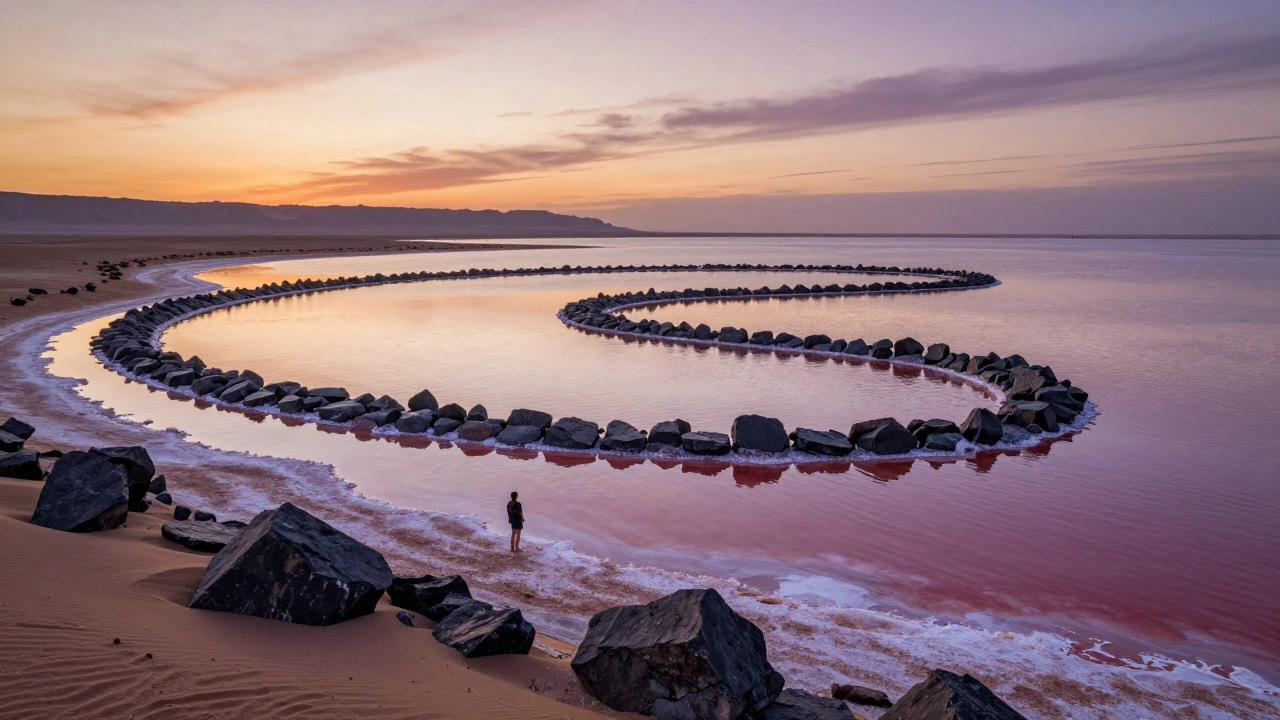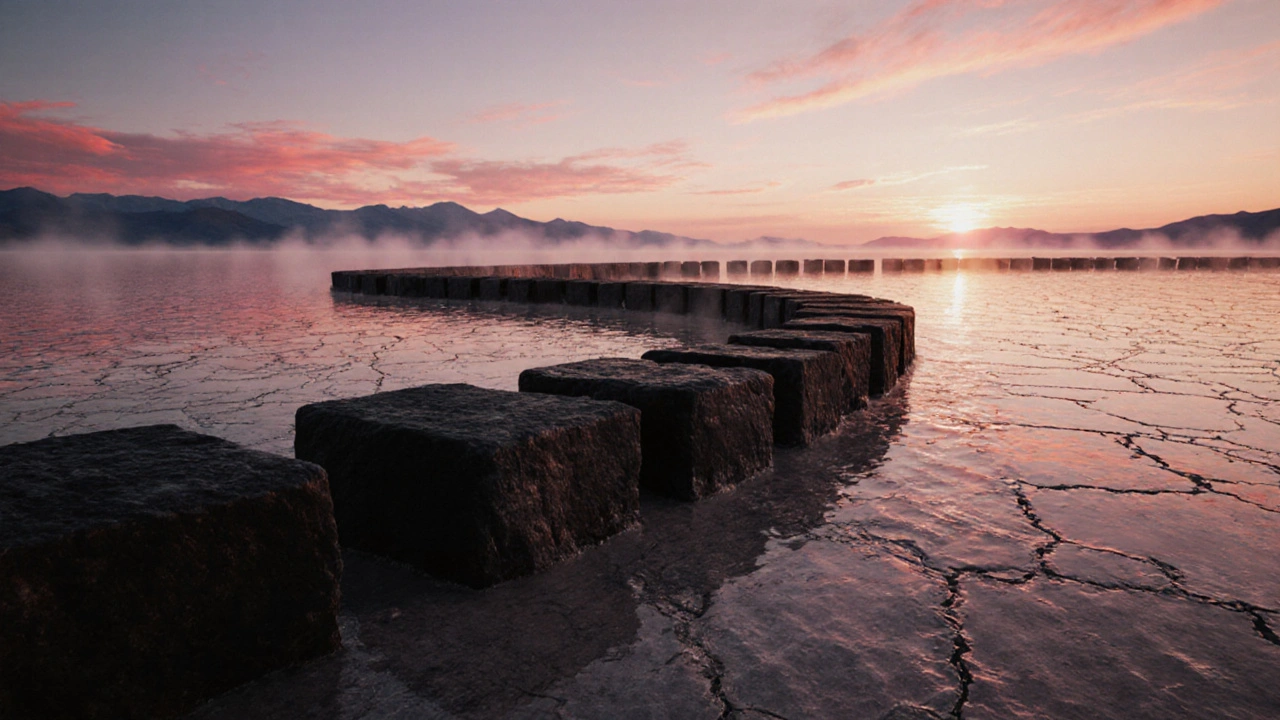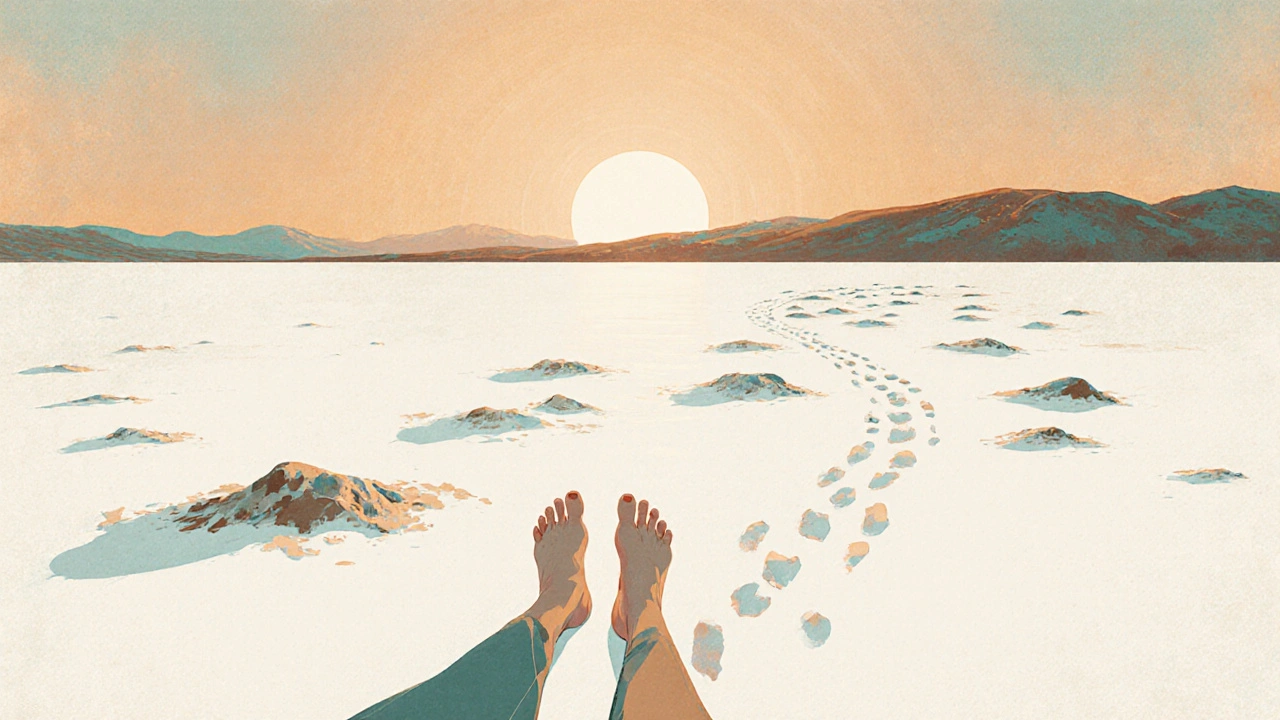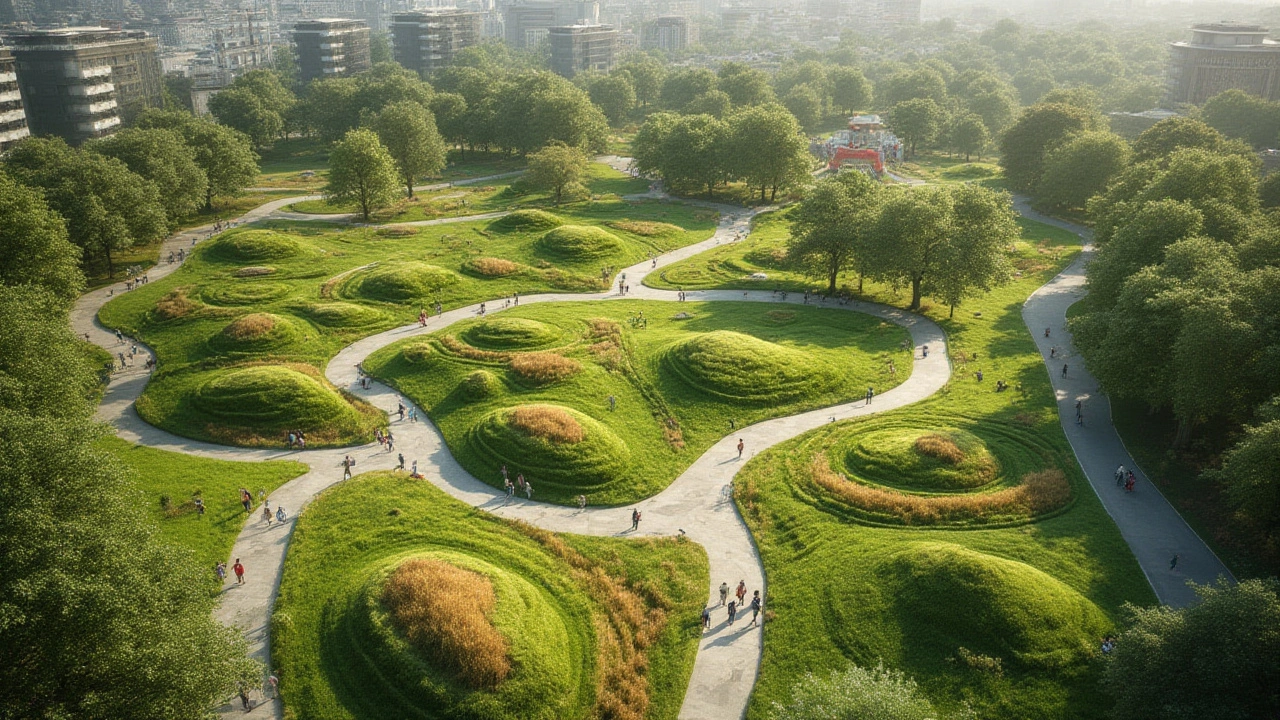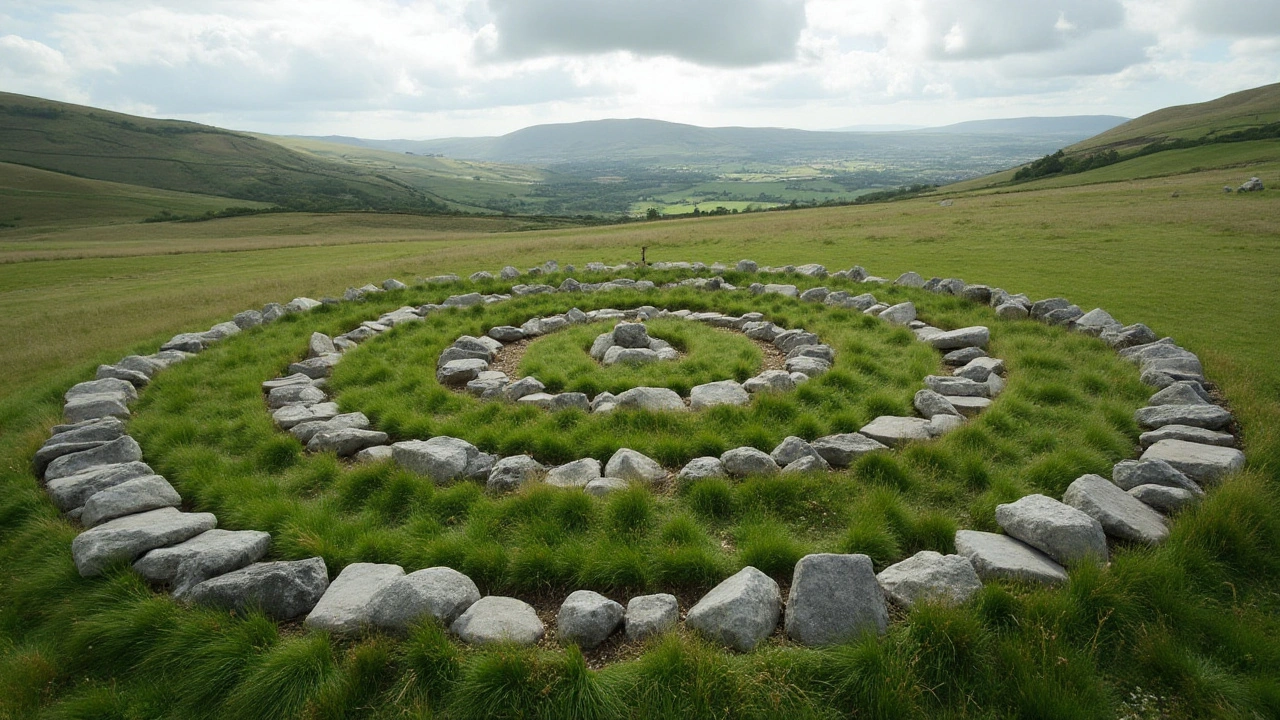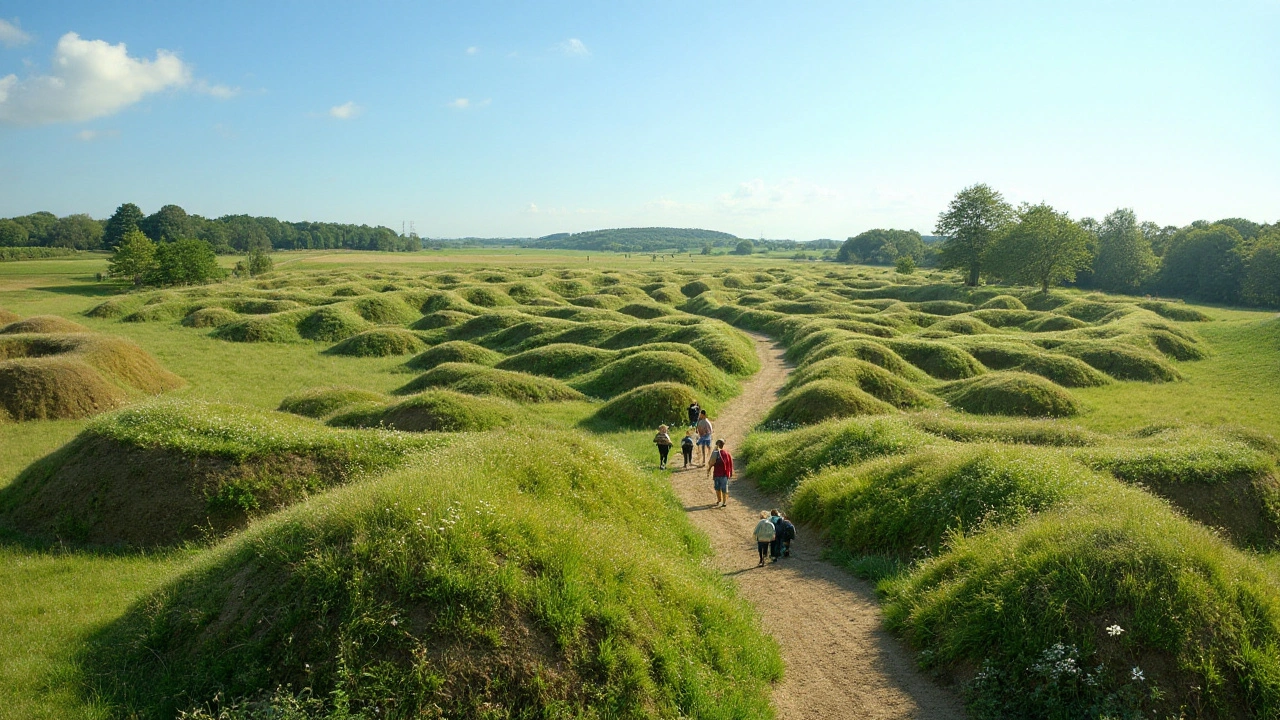Environmental Art
Environmental art grabs attention because it often changes a place, not just a picture. Artists work with land, plants, water, and found objects to make pieces that live in the world. Some projects last a day, others slowly reshape a site over years. This tag gathers works and ideas that connect art to nature, cities, and how we share space.
Why does this matter? Environmental art can fix broken places, spark public talks, and even improve ecosystems. A simple river cleanup turned into an outdoor sculpture can bring neighbors together and cut pollution. Land art and installation pieces often double as community projects or urban design features.
Types to watch: land art uses earth and rocks to make large outdoor forms; site-specific installations respond to a location's history or ecology; eco-art uses living systems like plants, fungi, or water to change over time. Each type asks different questions: What should stay? What can we remove? Who owns a public view?
Quick practical tips
If you want to see or make environmental art, start local. Visit parks and public plazas - artists often place works where people already meet. Ask park staff about temporary exhibits. If you plan a piece, think small first: test plant choices, consider local weather, and pick materials that won't harm soil or animals.
Working with communities
The best projects involve neighbors. Hold a short meeting, sketch ideas together, and agree on maintenance. A mural that uses recycled materials from the neighborhood feels like it belongs. For larger land projects, partner with local groups, universities, or city planners so the art fits long-term needs.
Funding and permits can be simple if you know where to look. Local arts councils, small grants, and crowdfunding are good starts. For work in public spaces you will likely need a permit. Early conversations with city officials save time and prevent costly removals later.
Care and lifespan: Some pieces are made to disappear. Others need yearly upkeep. Plan for who will care for the work after installation. Use durable anchors for heavy elements and native plants for planted pieces - they survive better and need less water.
Quick checklist before you start: map sun and water on the site, pick native or non-invasive plants, choose recycled or biodegradable materials, check for underground utilities, and set a clear timeline for installation and maintenance. Take photos and note materials used so future caretakers can maintain the work. A short maintenance plan keeps the piece healthy and the community proud. Share photos and progress online to build long-term support.
See related ideas here on Paul Artistry: land art that shapes parks, installation pieces that invite touch, and urban design that borrows from environmental art. On this tag you'll find practical guides, project case studies, and step-by-step tips for artists and community organizers.
Environmental art asks plain questions about how we live together and what we leave behind. It's messy, useful, and often surprising. If you want real change, start by looking at the ground under your feet.

